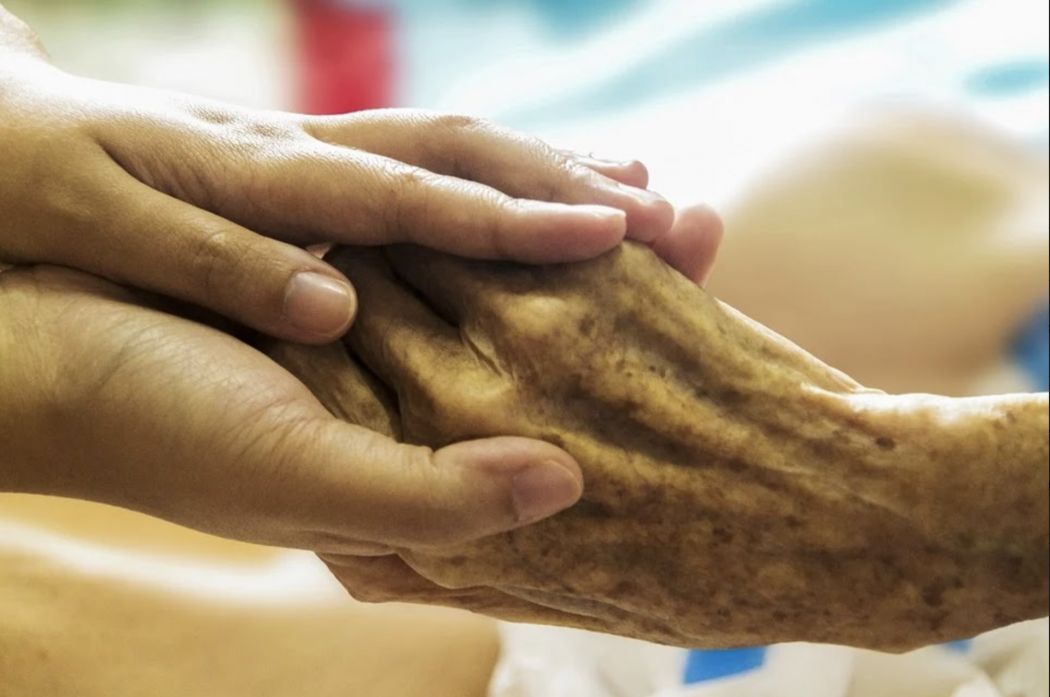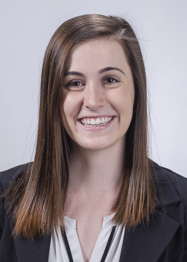“Pleasantly confused” is how my internal medicine resident described our patient to me. I was on my dermatology rotation and had just arrived at the hospital to see the consult. The resident had finished with clinic earlier than me and had already obtained the history and collateral information. She told me how the patient was brought to the hospital after having a stroke and because there was no “last known normal” for his cognition, he was unable to receive treatment for it. However, we were the dermatology team, so our consult was not for his neurological dysfunction but for his skin. We were consulted to work-up plaques noted on his body. Per the daughter, the plaques first appeared on his face seven months prior, and while she had urged her father to see a provider, he vehemently refused. The resident was unable to elicit any information from the patient himself due to his neurological condition.
I went to examine the patient and was taken aback when I walked into the room. Over his entire body he had thick, necrotic plaques. The largest was a bulky plaque approximately 12 centimeters on his upper chest, but there was no region of his body that was spared. However, what caught my attention next was the huge grin that flashed across the patient’s face when he saw me enter the room. I introduced myself, and though he was not oriented to time, place, or situation, he said hello and attempted to communicate with me. With permission, I began to examine his skin. The plaques were non-tender but were very thick and rough. His right pinky finger was entirely encased in a plaque to the point that it looked like he had been given a black cast for his finger. I had never seen anything like it, and the burden of his skin disease was very significant to me. I attempted to ask him questions, and while I was not able to make out what he was saying, I could tell there was an undoubtable kindness about him.
Our knowledgeable and intuitive attending had already surmised that this was cutaneous T-cell lymphoma (CTCL) from his consult photos, but we would need a biopsy for definitive diagnosis and to be able to perform appropriate testing. I began to gather the supplies for the biopsy. When the attending arrived at the hospital, we examined the patient together and prepared for the biopsy. Even though she had had a long day of clinic, she still took the time to teach the resident and myself how to take the biopsy and close the site with suture. She deftly demonstrated the technique for us and then we each took our turns performing the biopsies. As the tissue was sent down to pathology, our attending then took the opportunity to teach us about CTCL and its different stages. I went home and read more about the disease and was able to see truly how late stage our patient’s presentation was.
When the biopsy results returned, they did confirm the patient had tumor-stage CTCL. I called the daughter to discuss the results and her biggest concern was how he was faring. Because of COVID-19, she was unable to visit him. She asked me to tell him that she said she missed him and to let him know he does not need to worry about his children. When I delivered this message to the patient, I did see a spark of understanding and tenderness at his daughter’s name. It saddened me to know that he did not seek treatment at the first sign of the disease as it had led him here.
As the patient did not have capacity, we were unable to ask him his wishes in regard to therapy; because patient autonomy is above all, all discussions were focused around what he would have wanted. However, this was complicated to do as he had knowingly refused to seek treatment for his skin condition for the past many months. After thorough and thoughtful discussions about the patient between his providers and his daughter, it was decided he would start interferon therapy.
Over the course of the month, I would visit the patient to say hello and see how he was doing. His oncologist was managing his treatment and dermatology was following peripherally. Every time I saw him, his pleasantness was always very welcoming. He would wave at everyone who passed by his window. Whenever I spoke to his daughter, she reaffirmed that he “has always been a sweetheart.” As he received treatment, his necrotic plaques began to disassociate revealing denuded, healing skin underneath. I was filled with immense joy as I saw positive results of his treatment.
On the last day that I went to visit him, he was a different person. He was extremely agitated and did not want anything to do with any of his visitors. I did not know if this could be attributed to his treatment regimen or just the fact he had been in a hospital for multiple weeks. However, his current state did not sit right with me as it was in such stark contrast to the patient I had been following. When my attending came to round on him, she noticed as well that he had changed. We talked to the nurse who said she had been with him for the last three shifts and he had not changed during that time. She described how he “cussed like a sailor” and how she was the only nurse that would “put up with him.” I felt this was extremely odd and during our discussion I shared with the attending and the nurse that this was not the same patient that I had been seeing over the past few weeks. As we finished up our conversation, my attending provided new recommendations for treatment of his skin and she also suggested that we broach the idea of re-consulting neurology to the primary team because of his change in behavior.
I called the primary physician to discuss the new plan with her and when I shared that we thought a consult to neurology would be warranted, she was very receptive and grateful. She had only recently inherited this patient and did not know what his baseline was; she valued our input. When I called the daughter to update her as well, she voiced concern that she had been told about his cussing by a nurse and that that is “not my father.” I shared that we too noticed a difference in him and that the primary team was going to bring neurology back on board. Even though I could sense her worry for her father, she still thanked me for my time and wished me well.
The next morning, I received a text from my attending. The patient had undergone imaging and was found to have a new, large ischemic stroke with an accompanying subdural hematoma. The daughter had stated he would not want aggressive neurosurgical treatment, so he was placed on comfort care and was to be discharged with home hospice. My heart sank as I read the news. I hoped that the patient would be able to find comfort and there was some solace in knowing he would be able to be reunited with his family.
I became immensely grateful for my attending for suggesting the neurology consult. While his daughter did not elect for treatment, catching his new stroke allowed the best next steps to be taken for the patient sooner rather than later. My attending saw my concern when I voiced that something was not right and took action. This taught me how important it is to listen to your inner voice and that if something does not feel right, it probably isn’t. Even though we were the dermatology team, knowing our patient well was critical for his overall care. I feel that if I am in a similar situation in the future, I will not only voice my concern but also suggest steps to be taken. This patient taught me so much, from helping me solidify my passion for dermatology to making sure to have a whole-person approach to medicine. I am grateful to have known him and I hope he is at peace.
Jenna Koblinski is a member of The University of Arizona College of Medicine – Phoenix, Class of 2021. She graduated from The University of Arizona in 2017 with a Bachelor of Science in physiology and a psychology minor. She is an aspiring dermatologist. In her free time she loves to dance, socialize, and watch anything and everything on Netflix.


